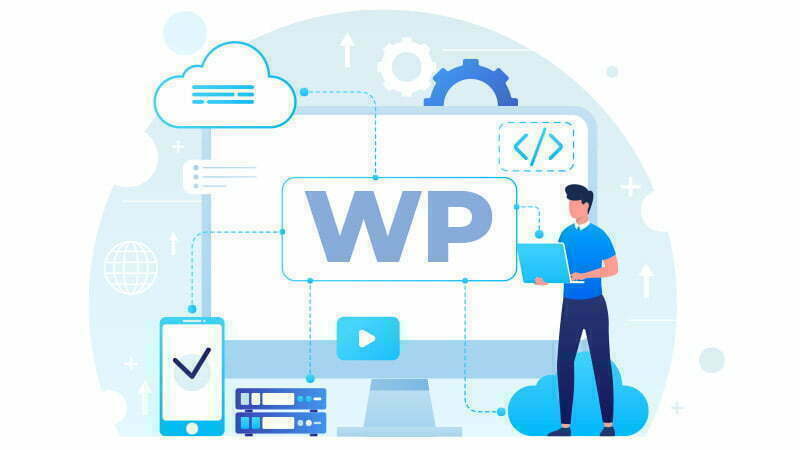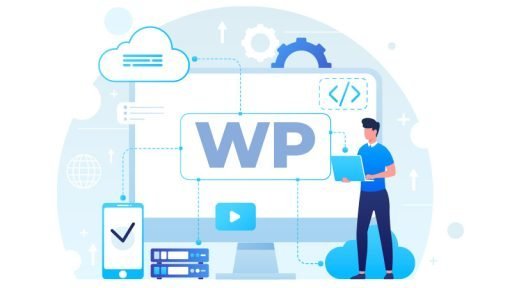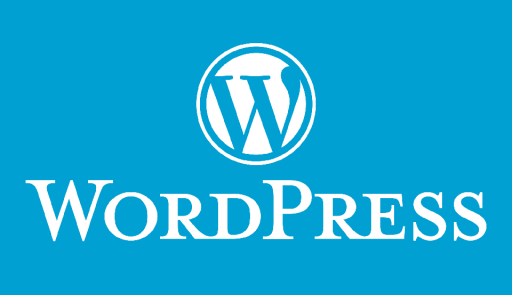GraphQL is a query language that provides an alternative to REST API for interacting with databases. It allows developers to retrieve data in a more efficient and flexible way by allowing them to specify exactly the data they need, rather than having to retrieve all data available.
Headless WordPress is a term used to describe a WordPress installation that is used solely as a backend, or Content Management System (CMS), without the use of a traditional WordPress frontend. This allows developers to use other technologies, such as JavaScript frameworks or mobile apps, to create custom frontends that interact with the WordPress backend using APIs.
GraphQL is a good alternative to the traditional WordPress REST API when used in headless WordPress setups, because it allows for more efficient and flexible data retrieval. With GraphQL, developers can specify exactly the data they need for their custom frontend, without having to retrieve all data available. This can lead to faster load times and a better user experience. Additionally, GraphQL allows for real-time updates, which means that any changes made to the WordPress database will be immediately reflected in the custom frontend.
WPGraphQL is a free, open-source WordPress plugin that allows developers to interact with the WordPress database using GraphQL. It is a powerful tool for building custom WordPress applications and creating custom WordPress themes in a headless setup. With WPGraphQL, developers can easily retrieve the data they need for their application, without having to make multiple API calls.
WPGraphQL is a free, open-source WordPress plugin that allows developers to interact with the WordPress database using GraphQL, a query language that provides an alternative to REST API. With WPGraphQL, developers can retrieve data from the WordPress database in a more efficient and flexible way, making it a powerful tool for building custom WordPress applications.
One of the main use cases for WPGraphQL is building custom WordPress applications, such as mobile apps and single-page applications (SPAs). With WPGraphQL, developers can easily retrieve the data they need for their application, without having to make multiple API calls. Additionally, WPGraphQL allows for real-time updates, which means that any changes made to the WordPress database will be immediately reflected in the application.
Another use case for WPGraphQL is creating custom WordPress themes. By using WPGraphQL, developers can easily retrieve data from the WordPress database and display it in a custom theme. This allows for greater flexibility in designing and building custom themes.
While WPGraphQL is a powerful tool, it is important to note that it does have some limitations. One potential problem is that it may increase the load on the server, as it requires additional processing power to handle the GraphQL queries. Additionally, WPGraphQL is not compatible with all WordPress plugins and themes, so developers will need to be aware of this when building their applications.
Frequently Asked Questions:
- What is WPGraphQL? WPGraphQL is a free, open-source WordPress plugin that allows developers to interact with the WordPress database using GraphQL, a query language that provides an alternative to REST API.
- What are the main use cases for WPGraphQL? The main use cases for WPGraphQL are building custom WordPress applications and creating custom WordPress themes.
- What are the possible problems with WPGraphQL? The possible problems with WPGraphQL are that it may increase the load on the server and it is not compatible with all WordPress plugins and themes.
- Is WPGraphQL free to use? Yes, WPGraphQL is a free, open-source plugin.
In conclusion WPGraphQL is a powerful tool for building custom WordPress applications and creating custom WordPress themes, however, it has some limitations and developers should be aware of them before using it. It’s important to note that WPGraphQL is a free, open-source plugin that can be used to interact with the WordPress database in a more efficient and flexible way.










